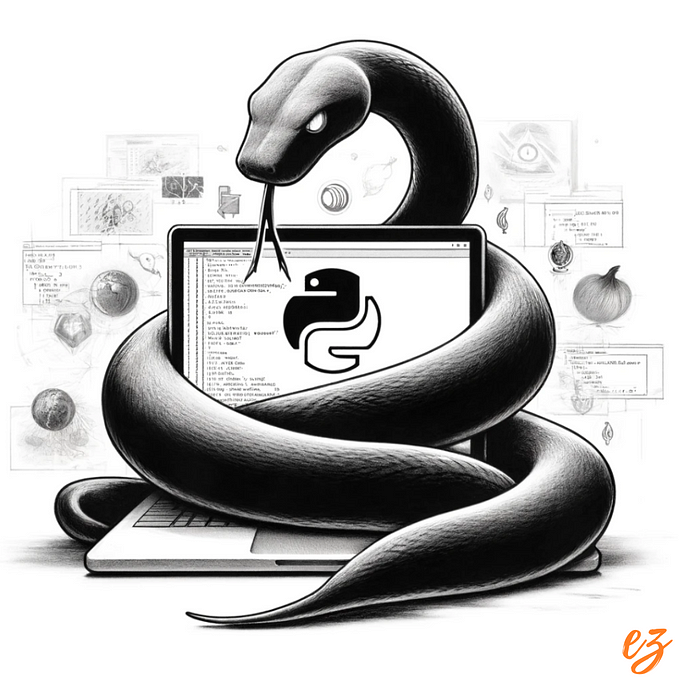ICS 206–01: The New Standard Every OSINT Professional Must Know
Explore ICS 206–01: Essential updates for OSINT pros on AI citations, sourcing rules, retention, and a checklist for seamless compliance.

What is an Intelligence Community Standard?
A new directive, the Intelligence Community Standard (ICS), has just been released, offering a framework designed to ensure consistency, accuracy, and professionalism across the U.S. Intelligence Community (IC). ICS directives provide clear guidelines for processes, methodologies, and workflows, enabling intelligence professionals to produce reliable and credible outputs. The latest update, ICS 206–01, effective December 2, 2024, focuses on the proper citation and referencing of Publicly Available Information (PAI), Commercially Available Information (CAI), and Open Source Intelligence (OSINT). This update not only modernizes citation practices but also emphasizes the integration of Artificial Intelligence (AI) technologies in OSINT workflows.
In this article, we will explore the significance of ICS 206–01, define PAI, CAI, and OSINT, discuss the most notable changes, and provide a practical checklist to help intelligence professionals navigate the new standards effectively.
Read the full document here: Intelligence Community Standard 206–01.
What is PAI, CAI, and OSINT?
- Publicly Available Information (PAI): Any information accessible to the public through mediums like websites, broadcasts, or subscription-based platforms. PAI includes content that anyone can access without restrictions.
- Commercially Available Information (CAI): Information sold, leased, or licensed to entities, often gathered by commercial data brokers or organizations for non-governmental purposes.
- Open Source Intelligence (OSINT): Intelligence derived exclusively from PAI or CAI, specifically tailored to address intelligence gaps or requirements. OSINT transforms accessible information into actionable insights through analysis.
These categories provide the foundation for ethical and legal sourcing in intelligence work, ensuring transparency and trust in the processes.
Why Staying Current Matters for OSINT Professionals
In the rapidly evolving intelligence landscape, staying current on ICS updates is not optional for OSINT professionals. These standards impact how OSINT is collected, analyzed, and presented, ensuring its credibility and usability. With technologies like Artificial Intelligence (AI) increasingly integrated into OSINT workflows, compliance with ICS 206–01 ensures:
- Transparency in sourcing information.
- Accuracy in representing AI-assisted analyses.
- Professionalization of OSINT within the intelligence field.
- Adherence to legal and ethical guidelines.
By aligning with these standards, professionals can enhance the quality of their work while fostering trust among policymakers, warfighters, and other stakeholders who rely on OSINT products.
What Does ICS 206–01 Cover?
ICS 206–01 establishes a comprehensive framework for citing and referencing PAI, CAI, and OSINT within disseminated analytic products. Key elements of the standard include:
- Citation Formats: Guidance on creating uniform citations for diverse source types, including AI-generated reports, social media, academic articles, and commercial datasets.
- Source Descriptors: Requirements for detailing a source’s reliability, biases, and credibility.
- Retention Guidelines: Rules for storing dynamic and static data, including timelines for retention based on product type.
- Security Practices: Protocols for securely linking to external sources.
- Training Mandates: Recommendations for IC-wide training to ensure consistent adoption of the standard.
Notable Changes and Features in ICS 206–01
- Integration of AI-Specific Guidelines: The standard introduces detailed citation rules for AI-assisted tools, including Machine Learning (ML), Computer Vision (CV), and Generative AI (GAI). Analysts must document system performance, training data, and model parameters.
- Enhanced Citation Transparency: Direct link citations are encouraged for discoverability but must adhere to new security protocols to mitigate risks.
- Focus on Source Credibility: Source descriptors must now include detailed assessments of reliability, biases, and potential limitations.
- Retention Periods for Dynamic Content: Analysts must retain records of rapidly changing sources for at least one year, with extended timelines for long-term products like National Intelligence Estimates.
- Future-Oriented Practices: ICS 206–01 anticipates emerging technologies and provides a flexible framework for adapting citation practices to new tools and data sources.
Checklist for Analysts: Ensuring Compliance with ICS 206–01
To help intelligence professionals navigate the updated standard, here is a practical checklist:
Before Using a Source
☑ Confirm the source falls under PAI, CAI, or OSINT.
☑ Evaluate the source’s credibility, reliability, and biases.
☑ Verify legality and compliance with applicable policies.
During Citation
☑ Include classification markings for each citation.
☑ Specify the source type (e.g., social media, academic article, AI report).
☑ Add metadata: publication date, author, title, URL, and access date.
☑ For AI-assisted sources, document:
- Tool or system name.
- Performance metrics (e.g., precision and recall rates).
- Training data origin.
- Model version and relevant parameters.
☑ Use direct links where appropriate, following security guidelines.
Retention & Storage
☑ Retain dynamic sources for at least one year or longer if required.
☑ Store all source materials securely, adhering to classification and security protocols.
After Product Completion
☑ Verify all citations are complete and consistent.
☑ Confirm discoverability and retrievability of sources.
☑ Ensure sensitive information is properly handled and marked.
Ongoing Training
☑ Stay updated on ICS revisions and best practices.
☑ Complete IC-approved training programs for sourcing and citation tradecraft.
Final Thought
ICS 206–01 marks a significant step forward in the professionalization of OSINT and the integration of cutting-edge technologies into intelligence workflows. By adopting these standards, analysts can ensure their work meets the highest levels of transparency, accuracy, and reliability. The provided checklist offers a streamlined approach for compliance, making it easier to navigate the complexities of modern OSINT practices.
Staying current with these standards is not just about compliance — it’s about reinforcing the trust and dependability of intelligence products in an increasingly complex global environment.
Explore Next
Learn about the legal considerations cybersecurity professionals must understand when conducting dark web investigations, including the risks associated with active engagement and purchasing data from illicit sources, as outlined by the U.S. Department of Justice.
Discover how blockchain is transforming industries on the Blockchain Insights Hub. Follow me on Twitter for real-time updates on the intersection of blockchain and cybersecurity. Subscribe now to get my exclusive report on the top blockchain security threats of 2024. Dive deeper into my blockchain insights on Mirror.xyz.











